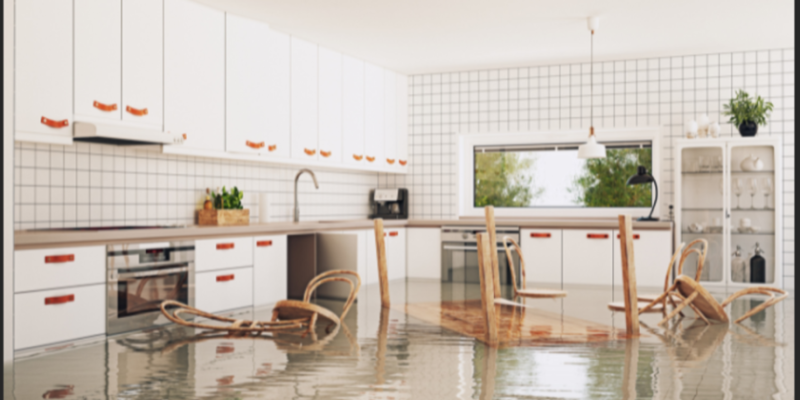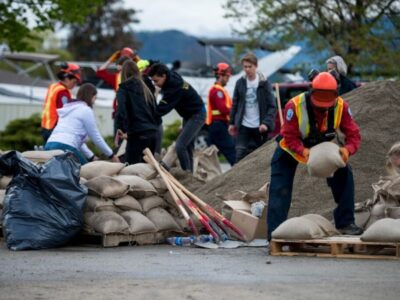Flood damage cleanup is essential after your home has been affected by flooding. The process involves more than just removing water. It includes assessing the damage, cleaning affected areas, and preventing long-term issues like mold and structural damage. Whether caused by natural disasters or plumbing failures, handling flood damage quickly and properly is vital for protecting your property and ensuring a safe environment. Understanding the key aspects of flood damage cleanup helps in taking the right steps to restore your home.
Let us delve into ways in which flood damage cleanup assists you in restoring your home.
Quick water removal is crucial
The first step in flood damage cleanup is removing water as quickly as possible. Standing water can cause severe damage to walls, floors, and furniture. The longer water remains, the more damage it can do, including weakening structures and encouraging mold growth. Using pumps or wet vacuums to extract the water immediately helps you reduce further damage and speeds up the recovery process.
Preventing mold growth
Mold can start growing within 24 to 48 hours of flooding. Proper drying is vital to preventing this. Dehumidifiers and fans are often used to speed up the drying process, especially in hidden areas like behind walls and under flooring. Cleaning and disinfecting surfaces exposed to floodwater can also prevent mold from becoming a health hazard.
Safety first in contaminated water
Floodwater often contains contaminants like sewage, chemicals, or debris. It is important to avoid direct contact with this water, as it can pose serious health risks. Wearing protective gear, such as gloves, boots, and masks, is essential during flood damage cleanup. Additionally, any contaminated items like carpets or upholstery may need to be discarded to ensure safety.
Salvaging belongings
Not all items are automatically lost after flooding. Some personal belongings, especially those not directly in contact with water, can be cleaned and restored. Professional cleaning services can often salvage items like furniture, electronics, and clothing. However, items contaminated by floodwater may need to be disposed of to prevent health risks.
Assessing structural damage
After water is removed, a thorough inspection of the property is necessary to check for structural damage. Flooding can weaken foundations, walls, and floors, making repairs critical. Hiring professionals to assess and repair any damage ensures your home remains safe and secure after the flood.
The conclusion
Effective flood damage cleanup requires quick water removal, mold prevention, safety precautions, salvaging belongings, and assessing structural damage to restore your home properly.












Comments